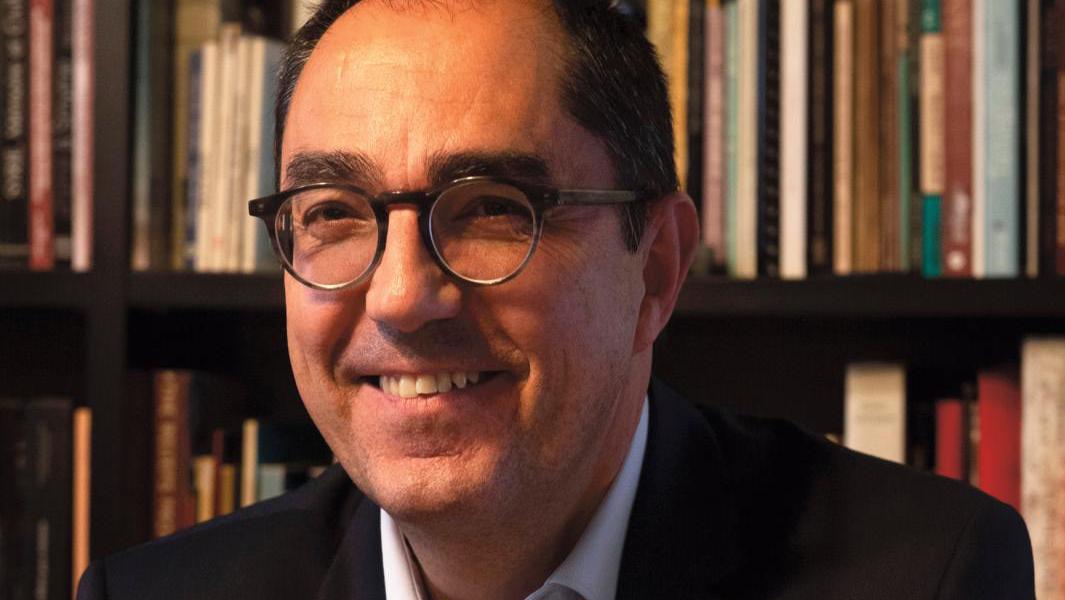The controversy over altering the Louvre’s Greek and Roman Bronze Rooms erupted at the end of a building project that occupied an entire wing of the museum. La Gazette talked about the overall program with its president, Jean-Luc Martinez, and architect Michel Goutal.
What’s Your View on the Controversy? As you know, Cy Twombly’s ceiling hasn’t been touched. In fact, we had made it clear to him from the start that the museography might change. It was inevitable: the project implemented today was formalized in 2008, two years before the unveiling of the ceiling. All the questions were asked, the rooms were public, and today the Louvre stands accused of lacking transparency. This creates a very bad image of museums, which are already under fire for being out of touch with society.
Could You Talk About the Project’s Significance? The Grand Louvre program is still unfinished. It focuses on the fundamental issue of the entrance and the layout of the three wings. To the south, the Denon Wing has hardly been touched as such, and today its galleries have the oldest displays. The largest Etruscan collection outside Italy is crammed into just three rooms that no longer meet conservation standards. The Roman collection, which accounts for 80 to 90% of the sculptures, is also one of the largest outside Italy. The idea of repurposing the room already arose in 1997. On the second floor, the Henri II Room has been allotted to silverware, the former jewelry room turned into the glass room, and the terracottas have been moved to a place near the Campana Gallery. The rearrangement…
com.dsi.gazette.Article : 22681
This article is for subscribers only
You still have 85% left to read.
